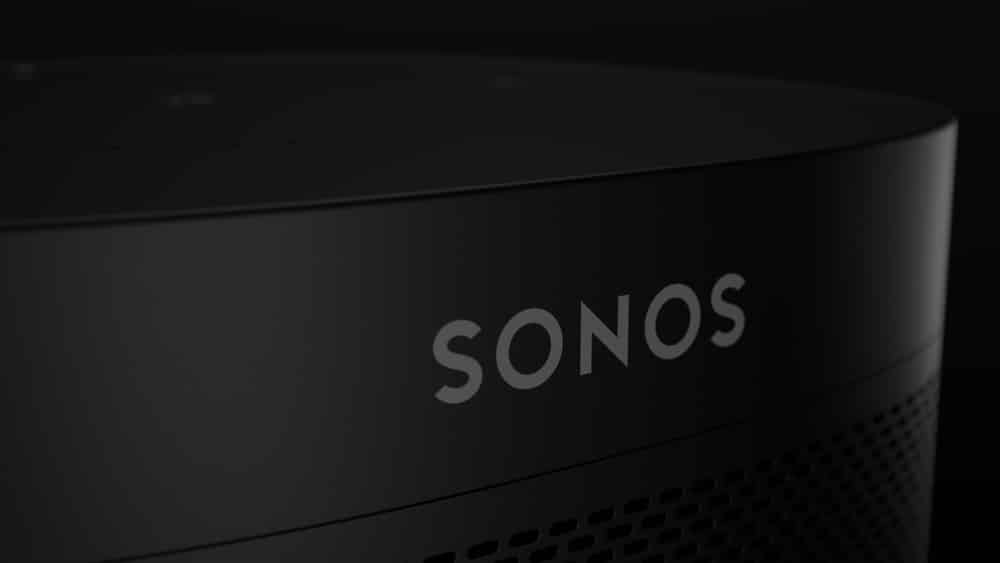
The Consumer Electronics Control (HDMI-CEC), one of the most excellent features of the HDMI standard, enables different electronic devices to connect with one another, which is one of the most outstanding parts of the HDMI standard.
It’s possible that all that’s required is turning on a TV connected to your Blu-ray player and changing the channel. You have arrived at the right place if the CEC that you have isn’t working, despite the fact that it may seem like a tempting option. This is what you need to be aware of.
CEC Not Connected Sonos Troubleshooting
CEC Standards
It is essential to be aware that CEC is a standard, despite the fact that various businesses have used it in a variety of unique methods. When it comes to connecting devices, the system has particular requirements about the sequence in which they are inserted and which ones go in first.
It is not difficult to get your TV to turn on and off by itself if you follow the troubleshooting procedures that we provide, which involve determining how to make CEC function properly.
1. Turn On The HDMI-CEC Option
If you go into the settings menu and look for HDMI options, you should be able to find the control you need. All of the connected devices, such as sound bars and TVs, set-top boxes, and Blu-ray players, need to have CEC turned on. It’s possible that your issue is caused by one of your devices not having HDMI-CEC enabled, so check all of them. Continue to step 2 if HDMI-CEC is not functioning correctly despite the fact that the setting has been engaged on all devices.
2. Check To Ensure That Your Sonos System Is Connected To The HDMI
Because the HDMI cable or its connection may, on occasion, be the source of the problem, double-check that both ends of the cable are plugged in and that it is connected to the HDMI port. Check that the cable you’re using for your Sonos device has CEC and that your TV supports the HDMI standard. Also, check that the TV supports the standard. If you don’t have them, the Sonos system won’t be able to play the audio from your TV.
3. Reconnect Everything
If your television has HDMI cables connected, you will need to unhook them and then remove the wires from your television. After that, you may watch some TV. After that, you should connect any external sound equipment to an HDMI port on your television, and after that, you should switch on the external devices. Turning on a set-top box such as Sky Q is the next step that has to be taken after attaching an HDMI connection to it. You must likewise include Blu-ray players and other media devices on your list.
4. Double-check your audio formats.
If you do not hear any sound at all or the sound is coming in and out at random intervals, it is likely that the audio format is not supported. Make sure that the sound outputs of all of the devices are set to the appropriate mode in their configurations.
5. Reboot Your Device
It’s worth checking to see whether you’re receiving the standard sound format. Soundbars and amplifiers with screens will normally inform you what format they’re playing, but there’s usually an on-screen menu you may utilize. The app may be used to view Sonos setups. The solution is to reset the player we’re using by unplugging it, waiting 10 seconds, and then reconnecting it. If it doesn’t work, restarting the TV by turning it off and waiting 10 seconds typically works.
People love the Sonos speaker, so it should come as no surprise. As a result of its high-quality audio devices, Sonos has a broad consumer base. Even though it provides the best sound quality, it might sometimes have frequent problems that prevent your Sonos system from working correctly or from being connected. Consequently, We have collated the most common issues and tried to provide the most straightforward answer possible in this article. We hope you’ve finished reading this article. In addition, you’ve found a solution to your Sonos problem.